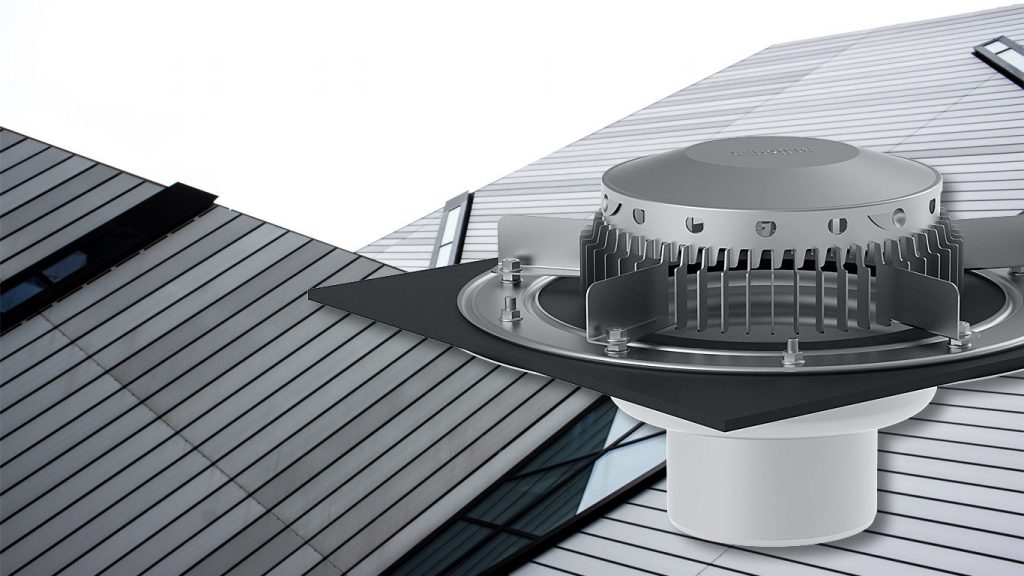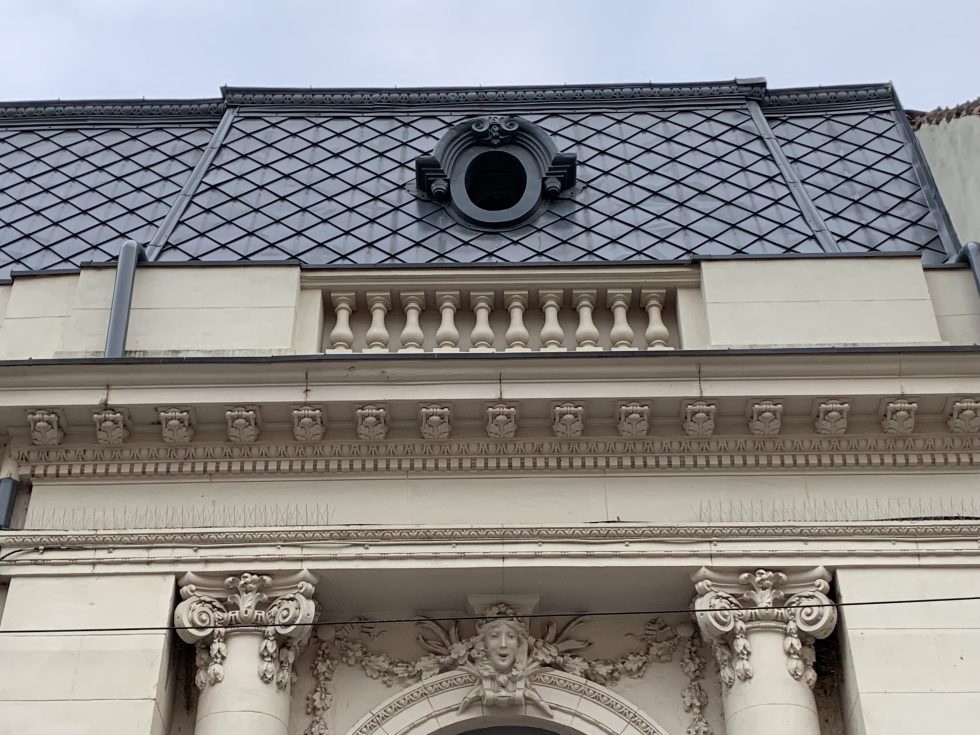This article mainly presents the general info of each type of roof drainage systems available in the roofing market. Before touching the highlight of the topic, I would like to briefly present the introduction about the roof drainage system in general. So without further ado, let’s take a look at what is exactly a roof drainage system, shall we?

Introduction:
So what is a roof drainage system? Most people should be confused about this term since people mostly care about staying under the roof to hide from heavy rain, thunderstorms and strong winds that might blow you away. However, this item is the most crucial feature of the roof as it plays an important role in draining debris and rain water from the roof that creates stress for the roof due to extra weight. Besides, people might also be confused between gutter and drainage as well. Well, the explanation goes like this. Roof drainage is the natural or artificial evacuation of surface and subsurface water from a specific area, whereas a gutter is a prepared channel in a surface, often on both sides or the edge of a roof. In other words, drainage and gutters work together to channel water and debris out of the roof. Since I have explained generally the roof drainage system so let’s hop into the highlight of the topic.
FOUR Types of Roof Drainage System
- Conventional Gutter
Conventional Gutter provides gravity which is generally sufficient for all drainage functions on a regular pitched roof. Water easily slides off a pitched roof and into gutters, which divert water into an underground drainage system. This roof drain alternative is simple and affordable, stops water from flowing everywhere, and offers enough protection for doors and windows. It also helps to prevent water from accumulating around the foundation of the property. The disadvantage is that gutters must be cleaned on a regular basis. While some gutter systems are covered, the majority are open, enabling leaves, twigs, and other debris to enter and clog the system. Furthermore, during the colder months, water in gutters may freeze, causing harm.
- Scuppers Roof Drainage System
This drainage system appears as an aperture in your flat commercial roof’s parapet or wall. Some scuppers feature a simple spout that pours water down the side of your structure, while others are linked to downspouts that convey the water to the ground level. Roof scuppers might be of the channel or through-wall kind. Scuppers with three sides or a simple rectangular hole cut in the wall are examples of channel-type scuppers. Using bespoke sheet metal fabrication, certain varieties can be spherical or a one-of-a-kind, beautiful form.
- Inner Roof Drains
An inner drain, which is also a common choice for flat roofs, is a drain or drain at a slightly lower region of the roof that links to an inside pipe that goes to an underground drainage system. These drains are usually equipped with screens or protective barriers to keep debris from washing down the pipe. One of the benefits of these drains is that there are no ugly downspouts and gutters visible from the outside of the structure, and there is less possibility of pipes freezing.
- Siphonic Roof Drain
This complex drain is intended to run at maximum capacity, eliminating the need for downspouts and subterranean drainage lines. The system simply draws water from the roof into the system while preventing air from being sucked in, allowing the pipes to handle more. These systems are suitable for both flat and sloped roofs. In order to clean this sort of drainage system, inspect the syphons themselves for trash pressed up against the screen and remove it. This system frequently incorporates gutters, which means you’ll need to clear them out on a regular basis using a gloved hand to prevent debris from entering the system.
Are you looking for replacement or maintenance of your roof gutter? Please check out more on top drainage system for roof Malaysia
